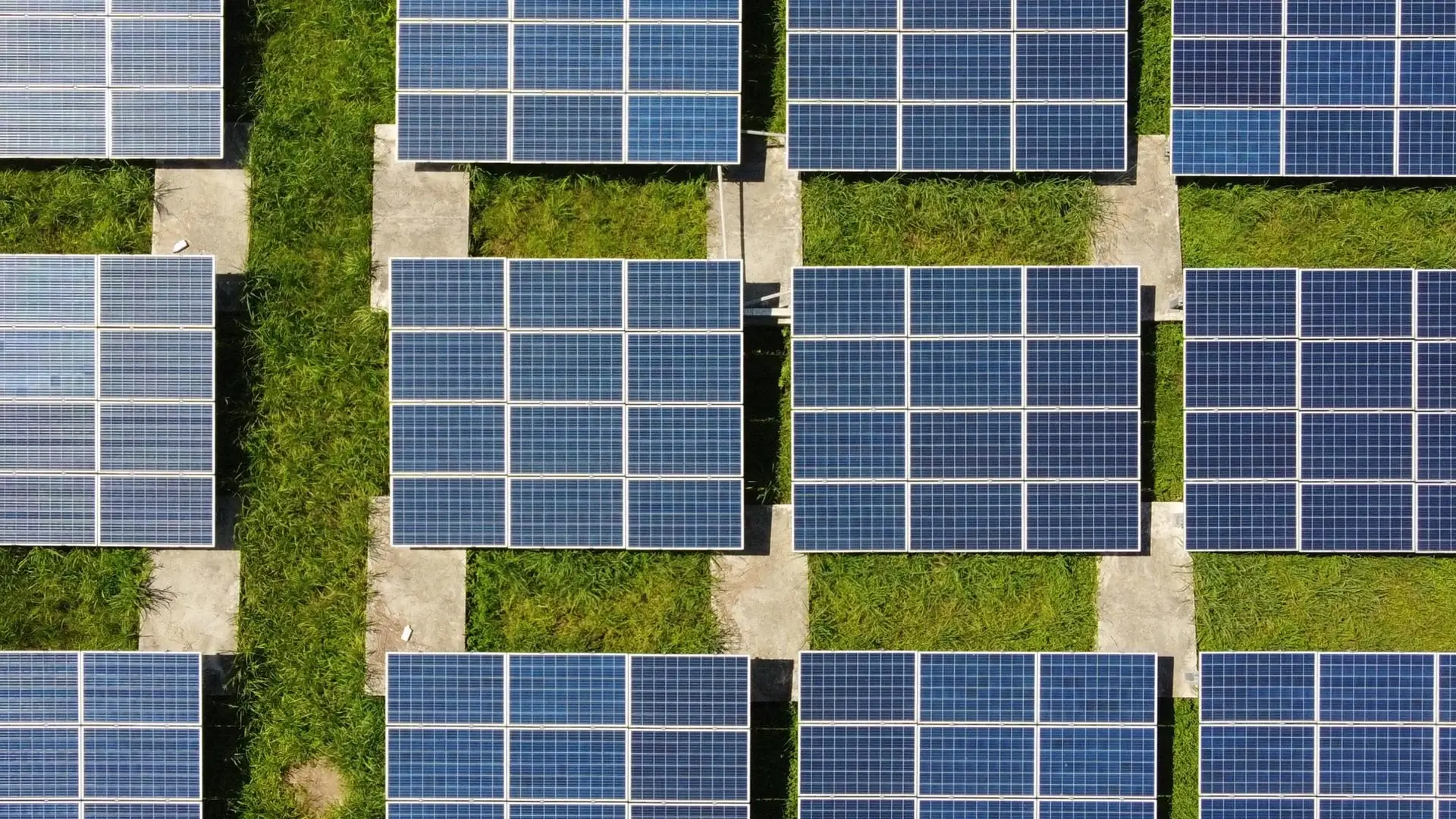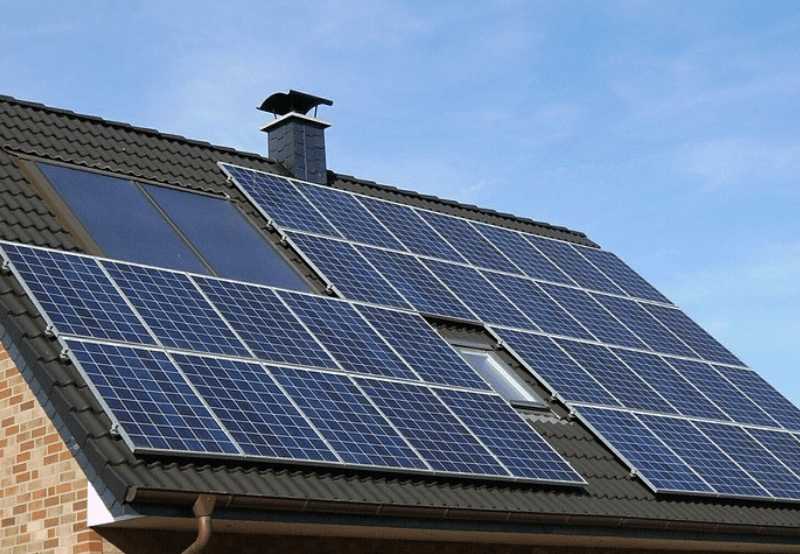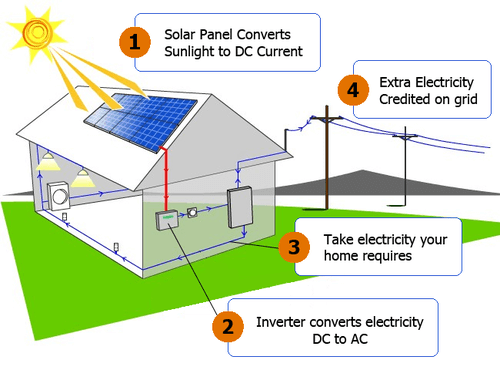On Grid Rooftop System

What Is An On-Grid Rooftop System
The On-grid system is connected with a utility grid (like BESCOM in Bangalore) and this system would work only if the grid is available. In case of a power cut, the system will not work and hence the On-grid system is also termed as a Grid-tied system. A grid is required since the inverter needs to be provided a reference voltage and the inverter needs to sync with the grid in order to export energy back into the grid. On-grid systems make sense for locations with no daytime power cut or with less than 2 hrs of a daytime power cut. This type of system is apt for reducing your electricity bills since it is cheaper than a battery-based system and there is no recurring cost of replacement of components.
Working of On-Grid Solar PV System
Once the solar generation starts, the generated energy is first consumed by the loads. Once the load requirement is satisfied, the remaining energy will be exported to the grid. Grid by itself acts as a virtual battery taking in all the excess energy that has been exported. This is known as the banking of energy. During the night, when there is no solar, the loads can import the banked energy. Similarly, when there is less generation from solar due to cloudy conditions, the required energy is imported from the grid. At the end of every billing cycle, the export and import billing will be calculated and this net will be calculated with the help of a Bi-directional meter.


Net Metering
Net Metering is a system that gives solar energy owners credits for the power that they add to the grid. When solar panels produce excess power, that power is sent to the grid. And this power can be ‘taken back’ when the solar plants are not functioning – example, during the night. When a unit of solar energy that has been ‘net metered’, the bi-directional electricity meter will run backwards. Customers are billed only for the ‘net’ energy use.
